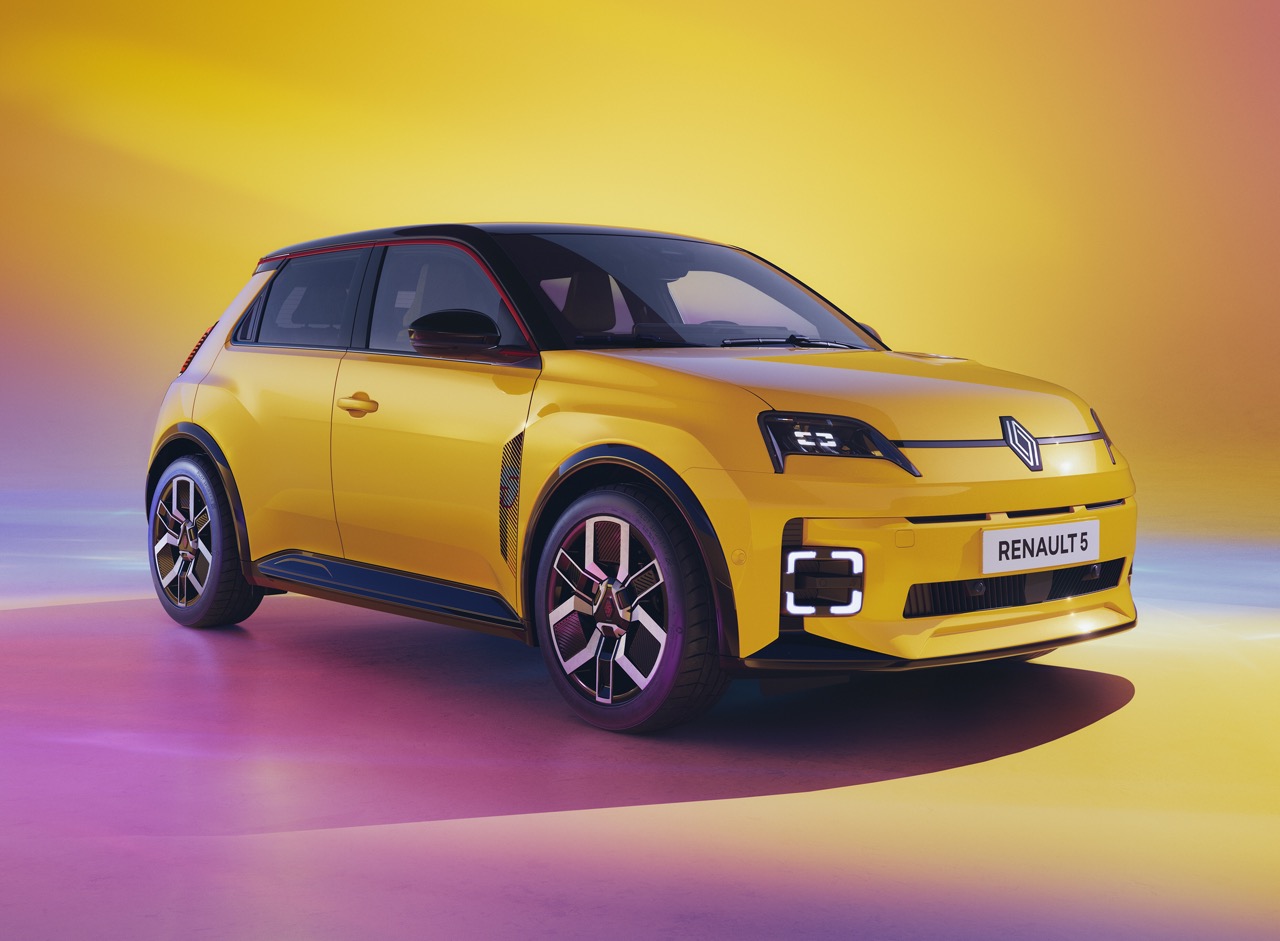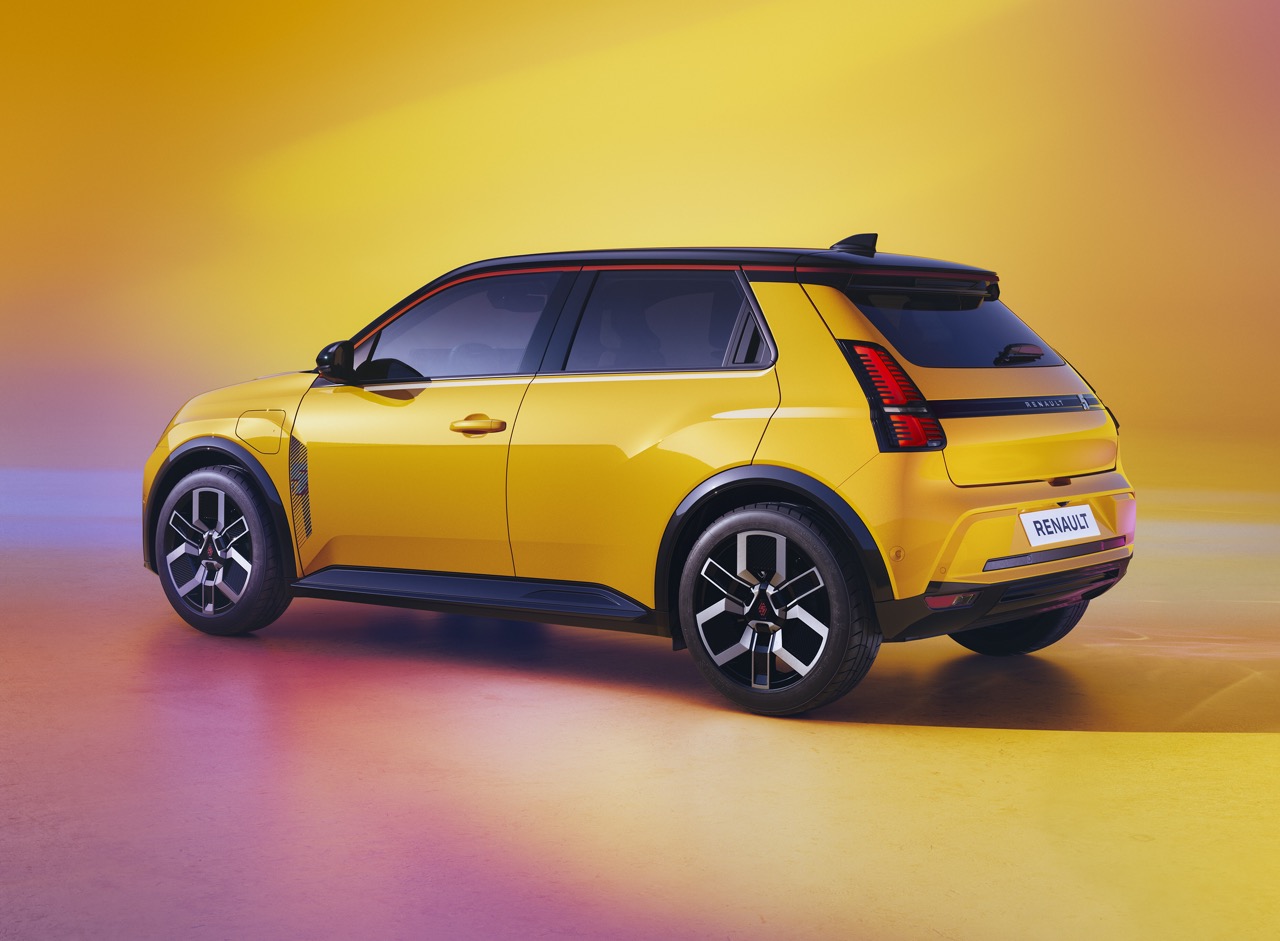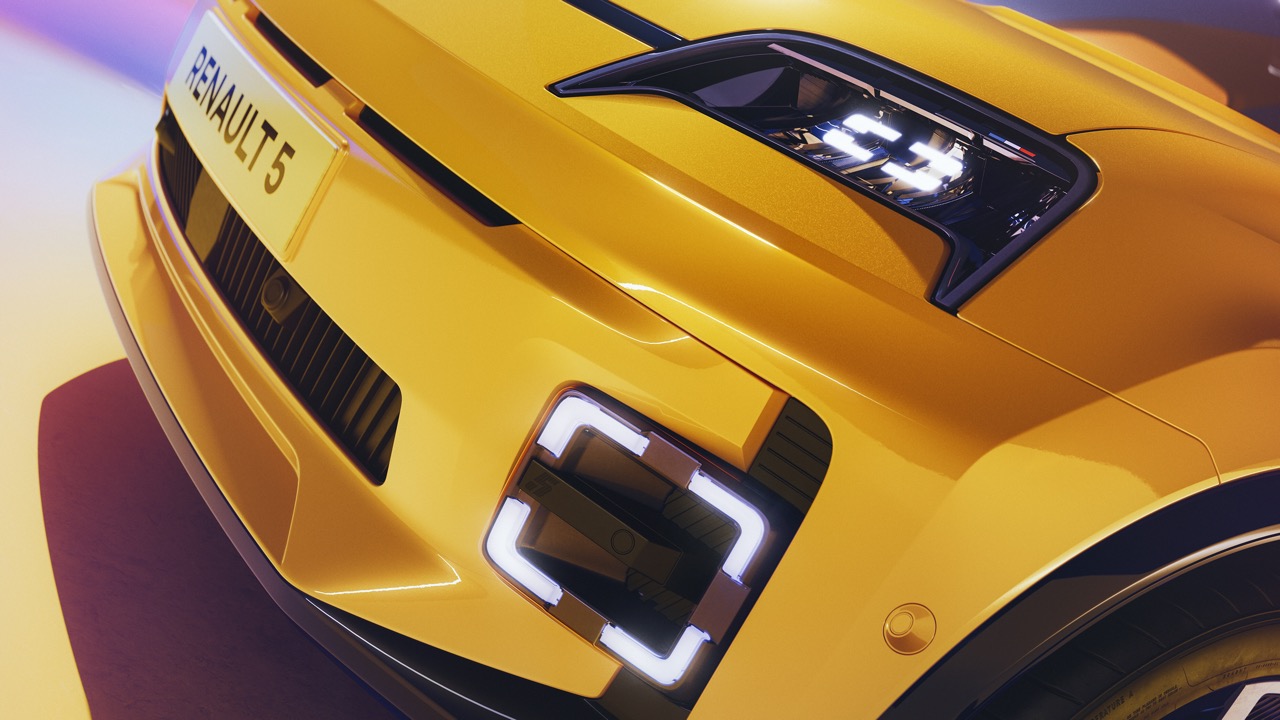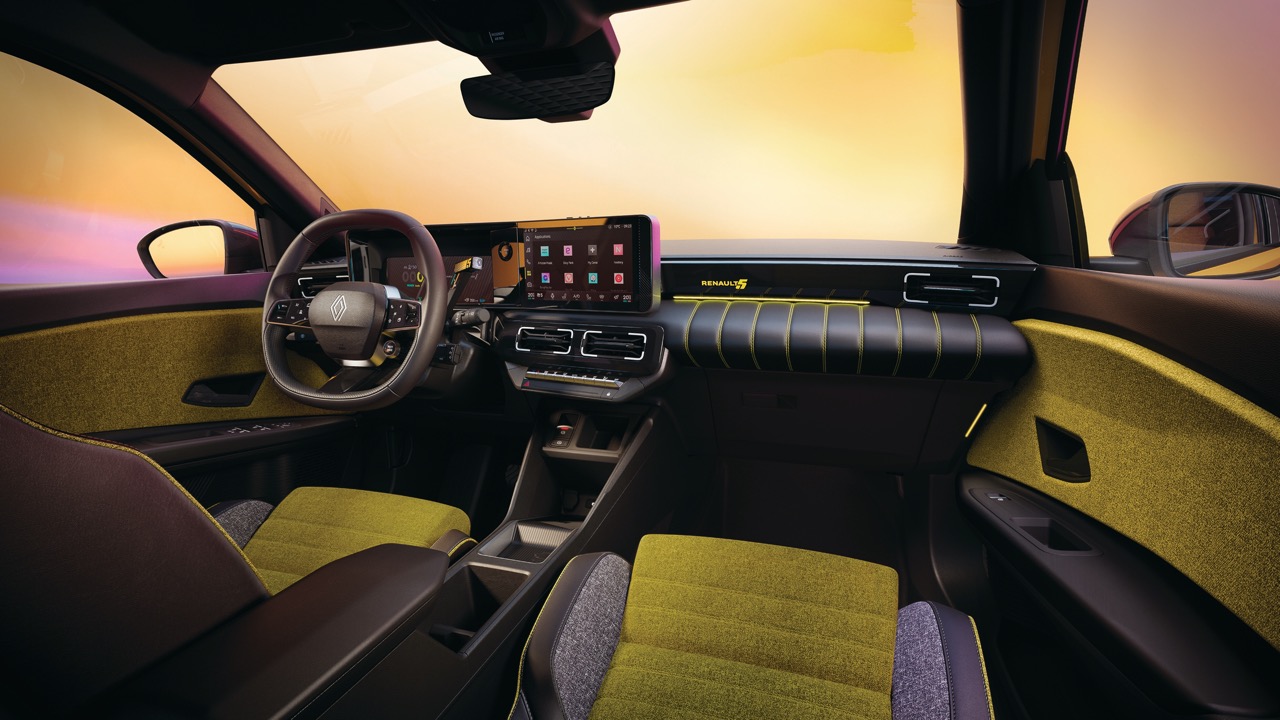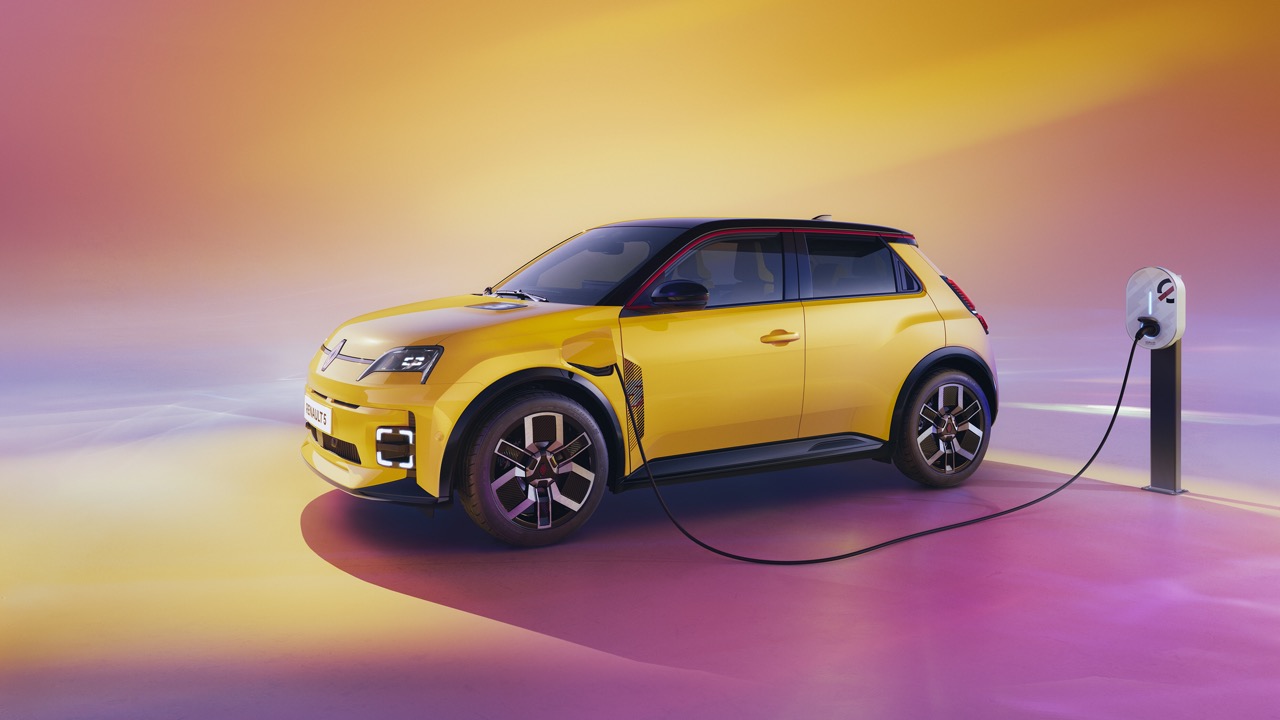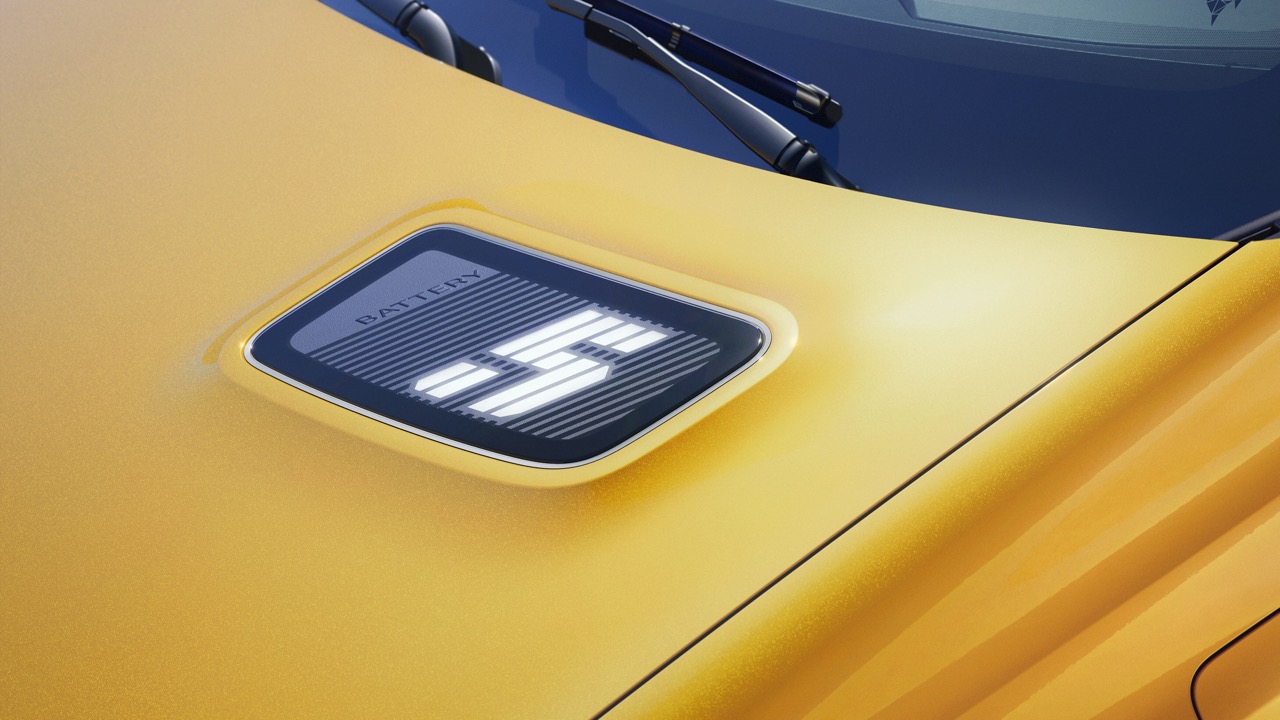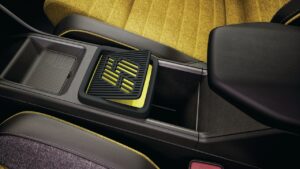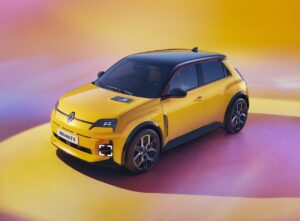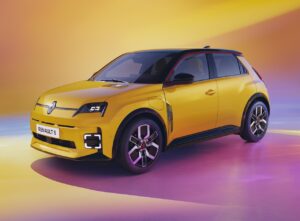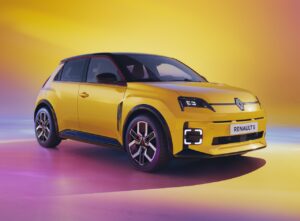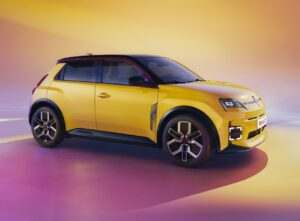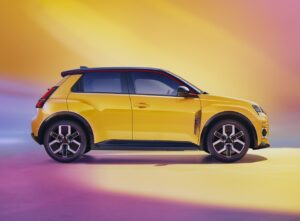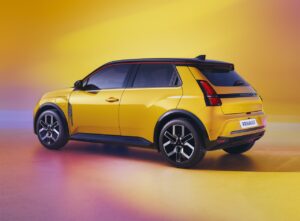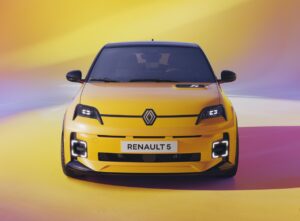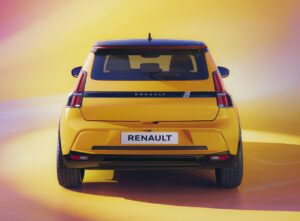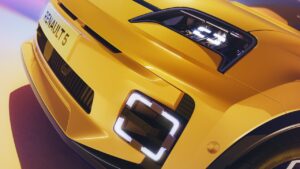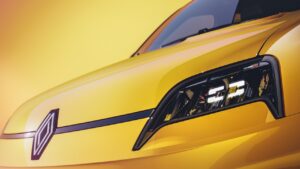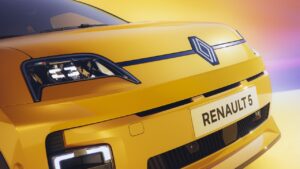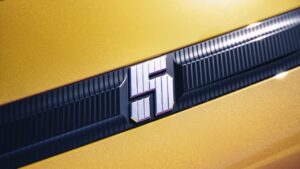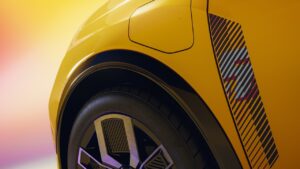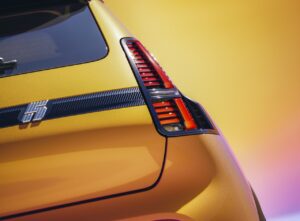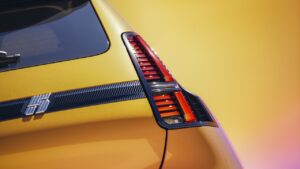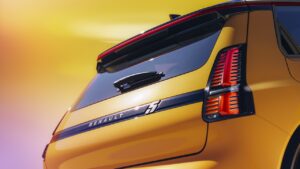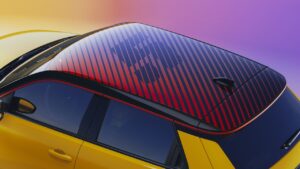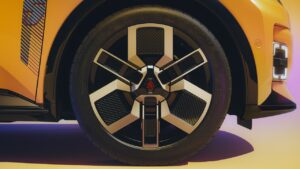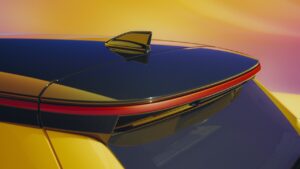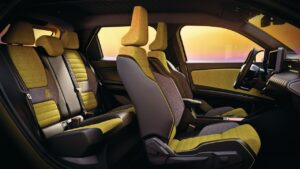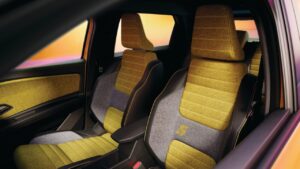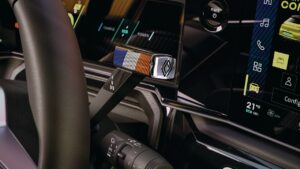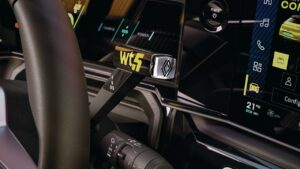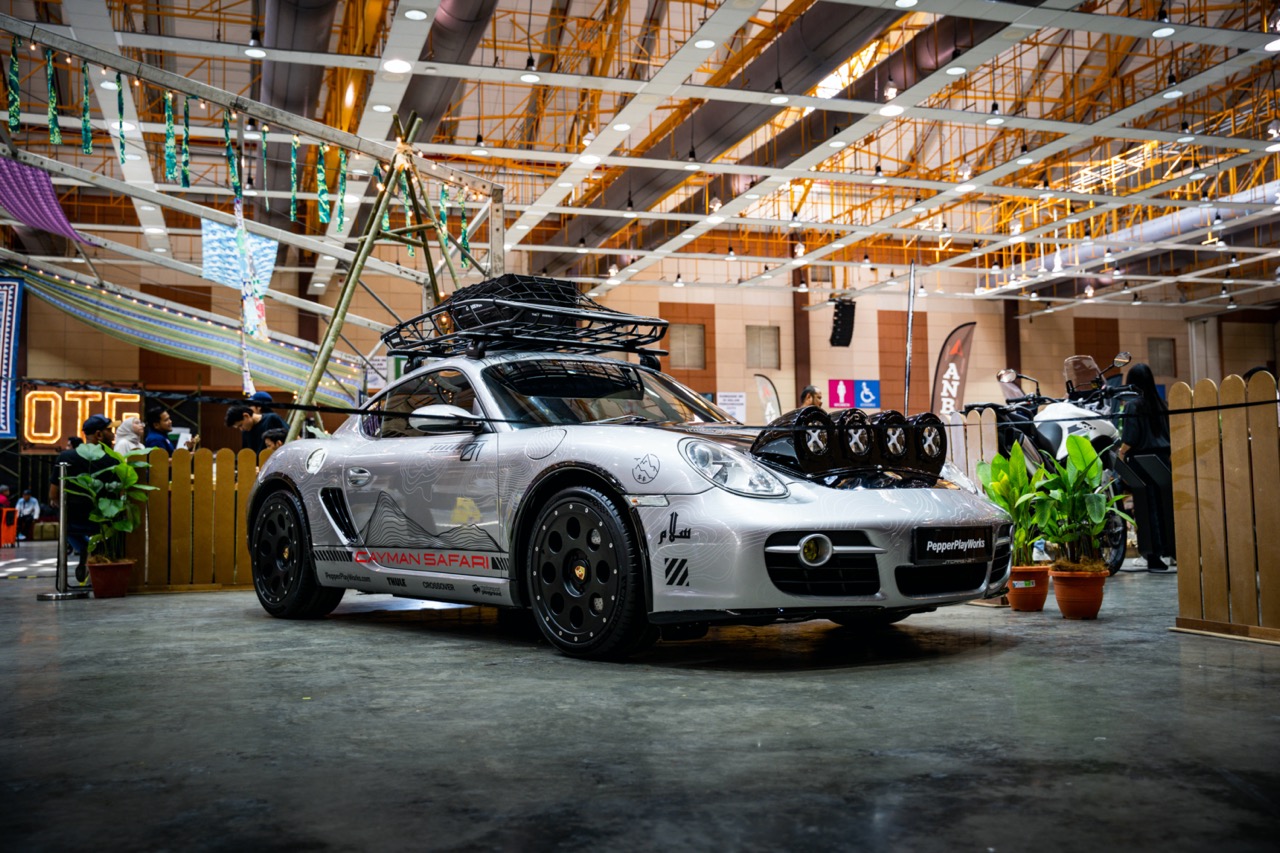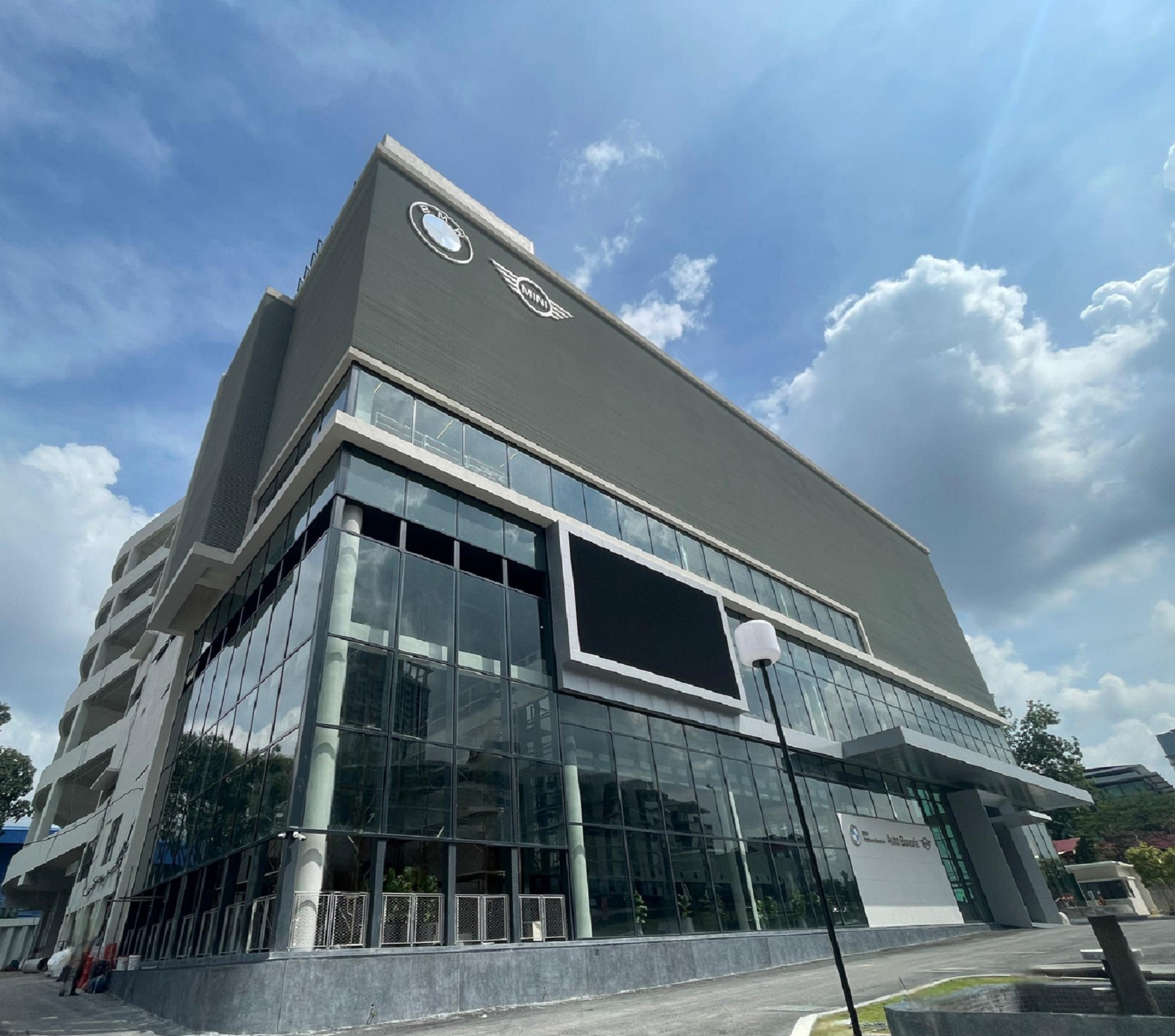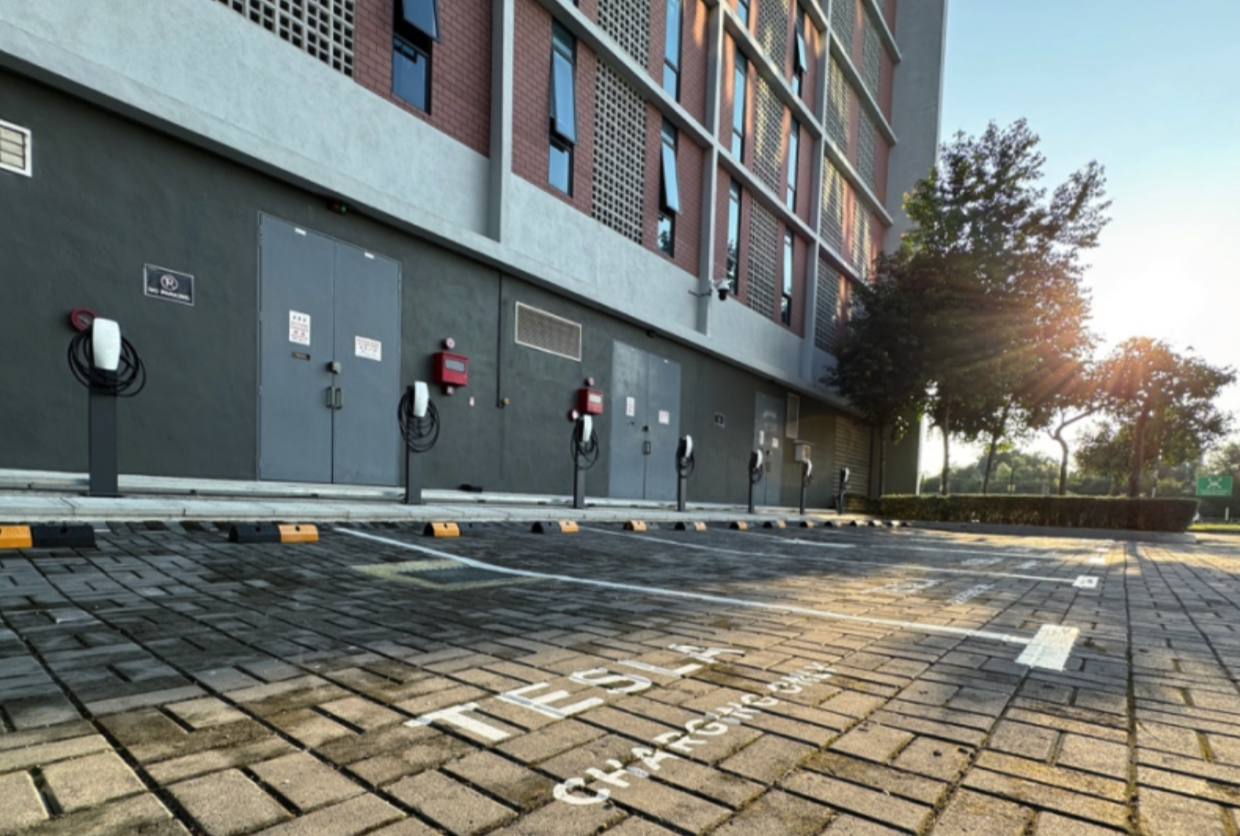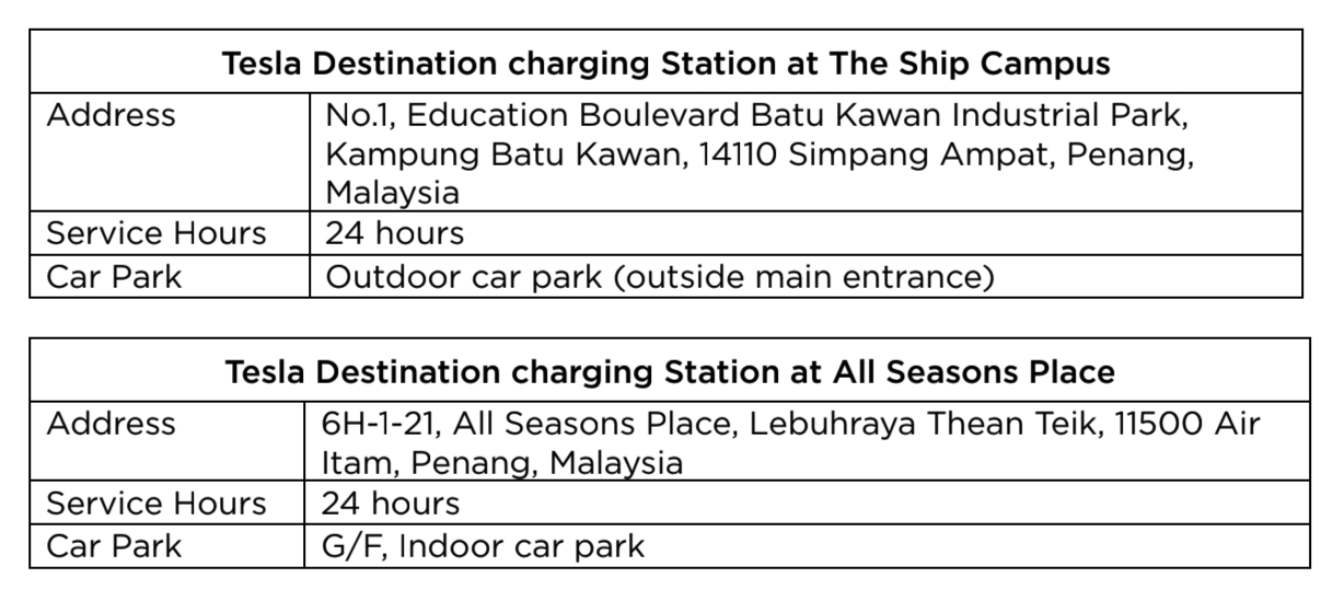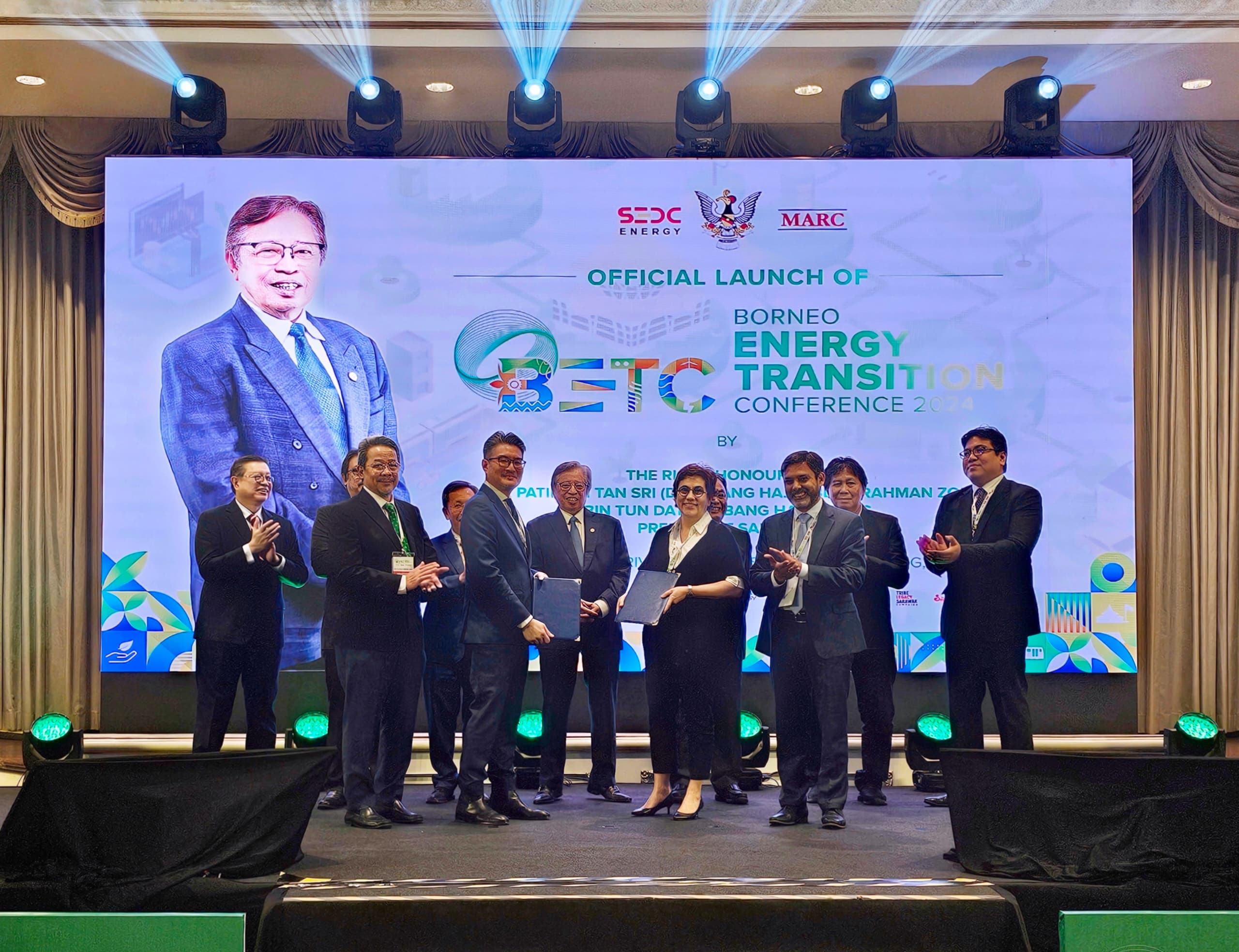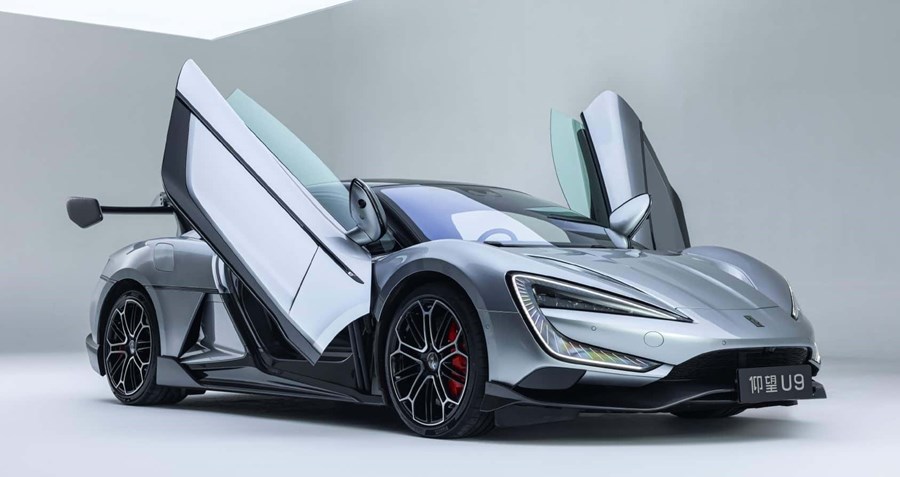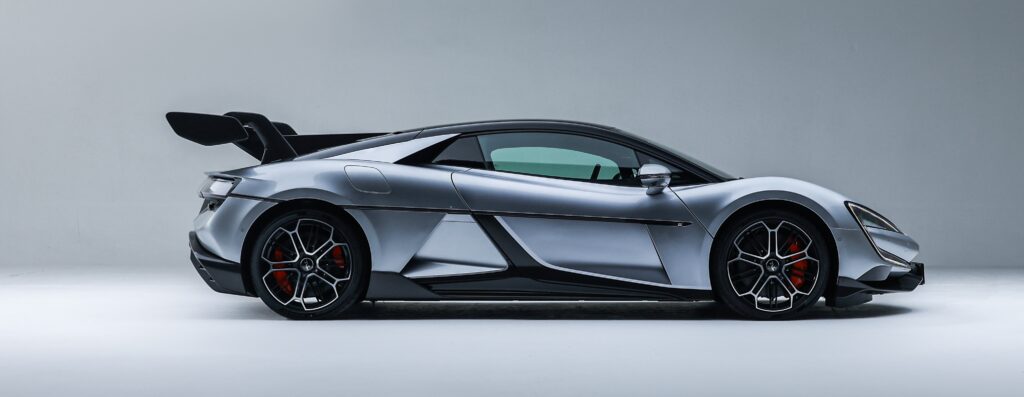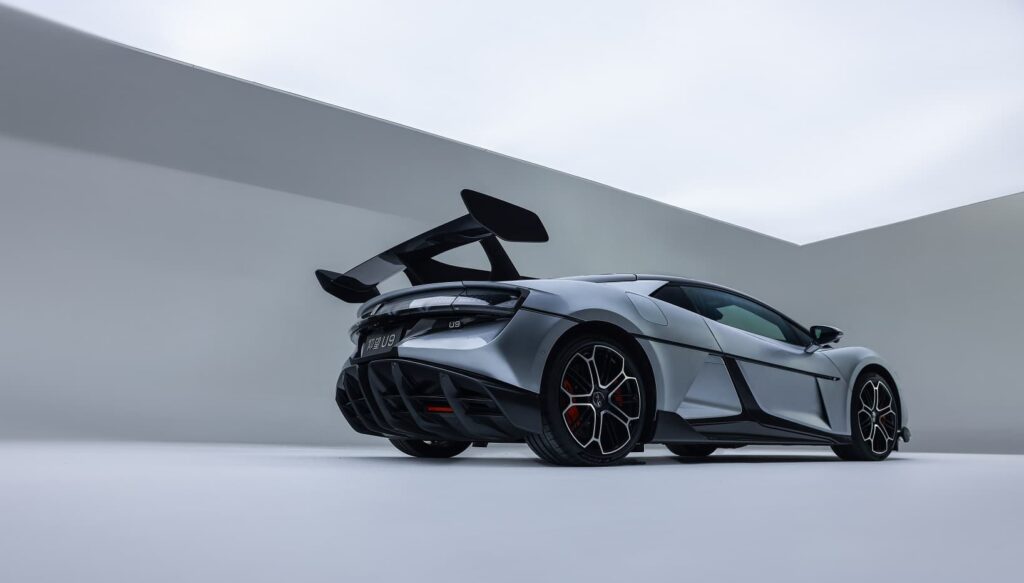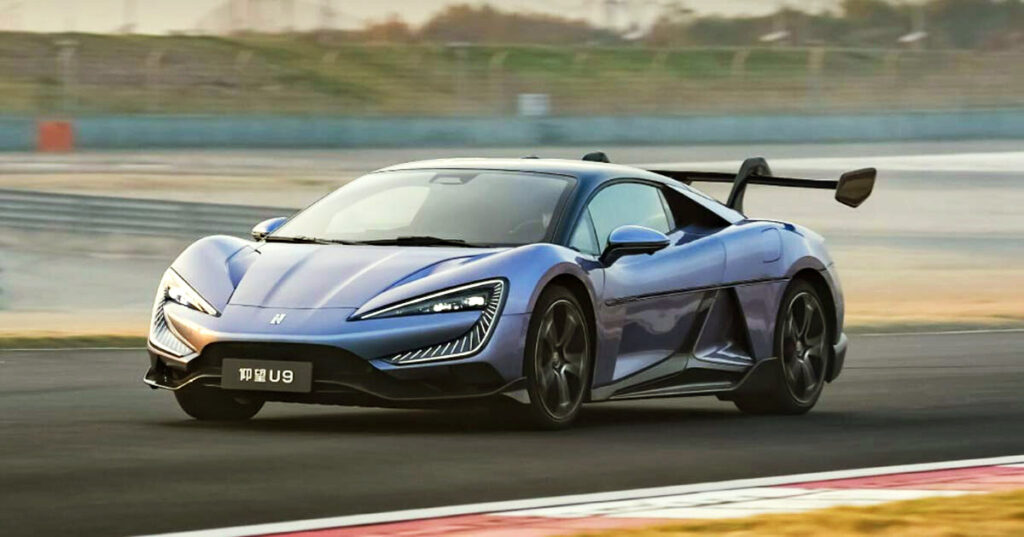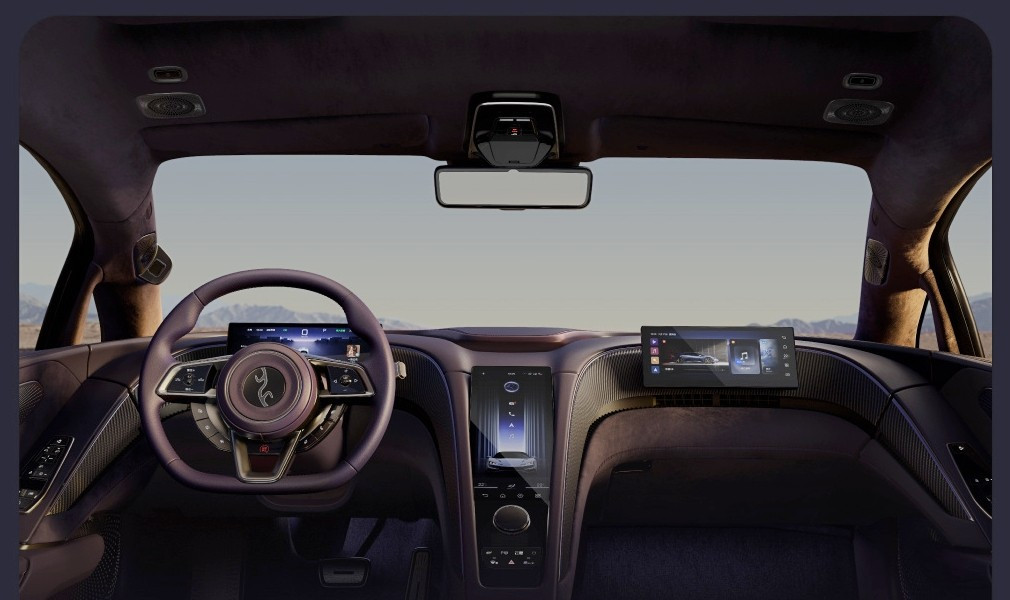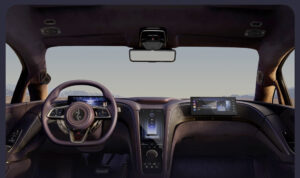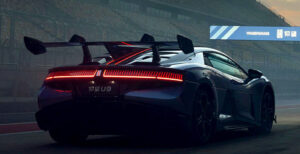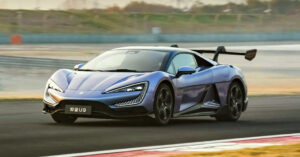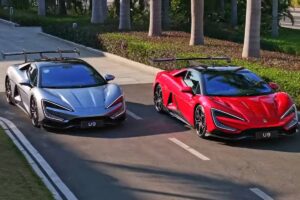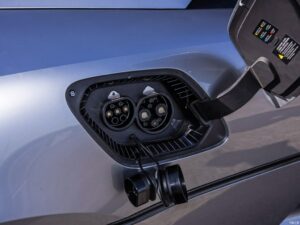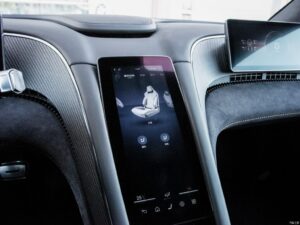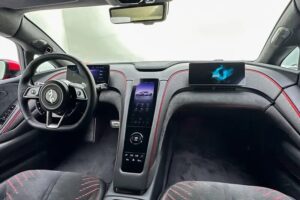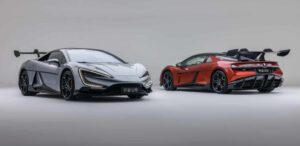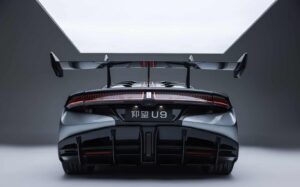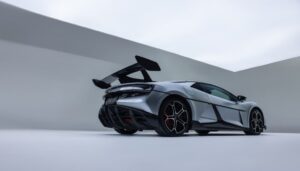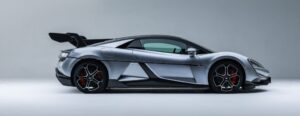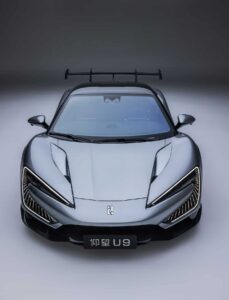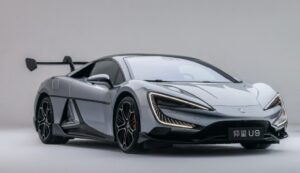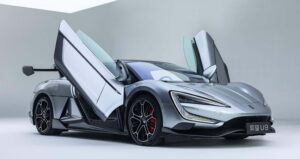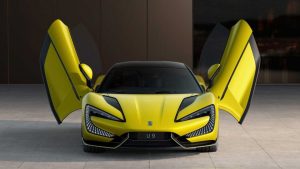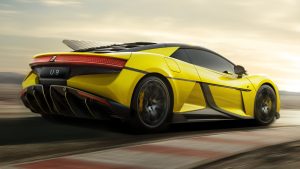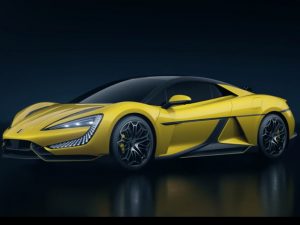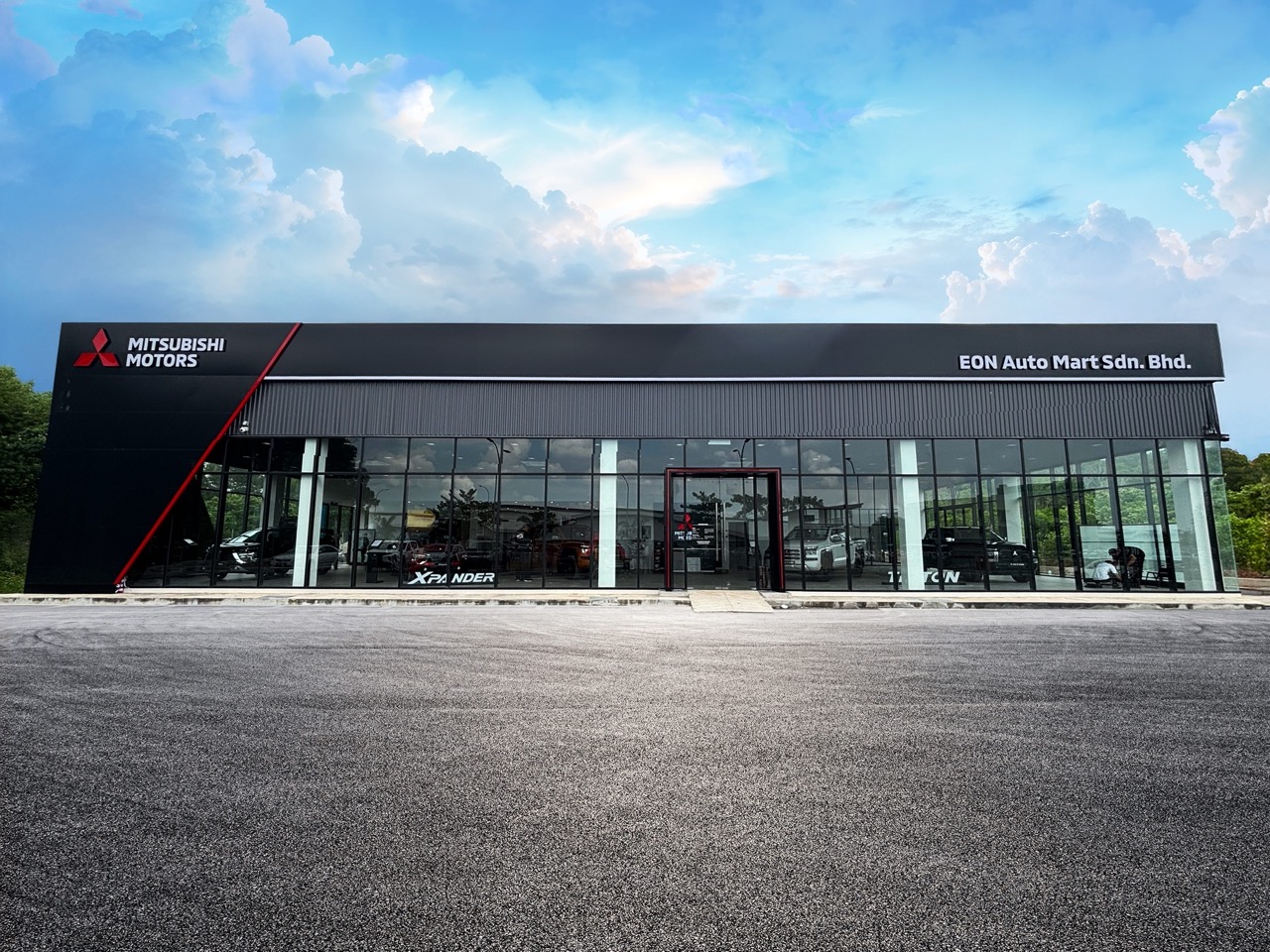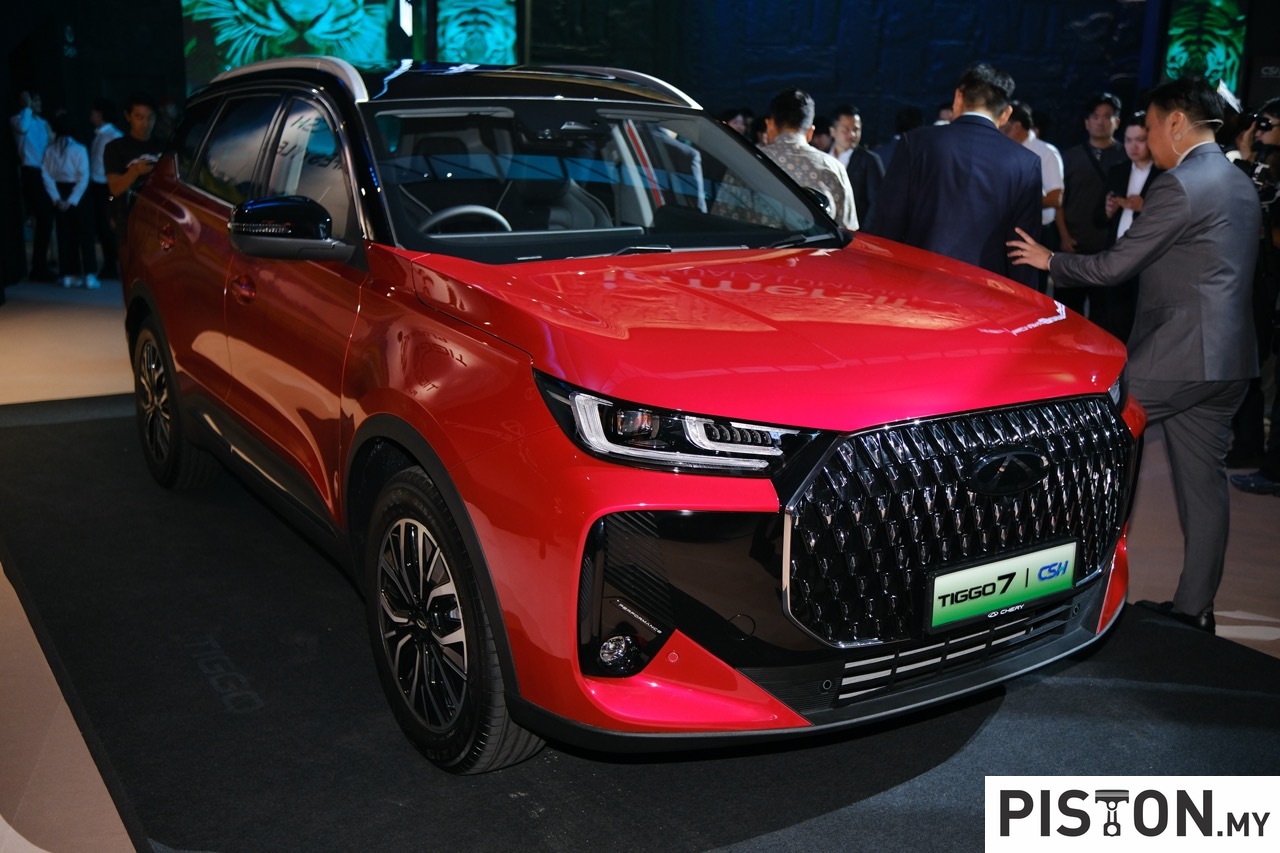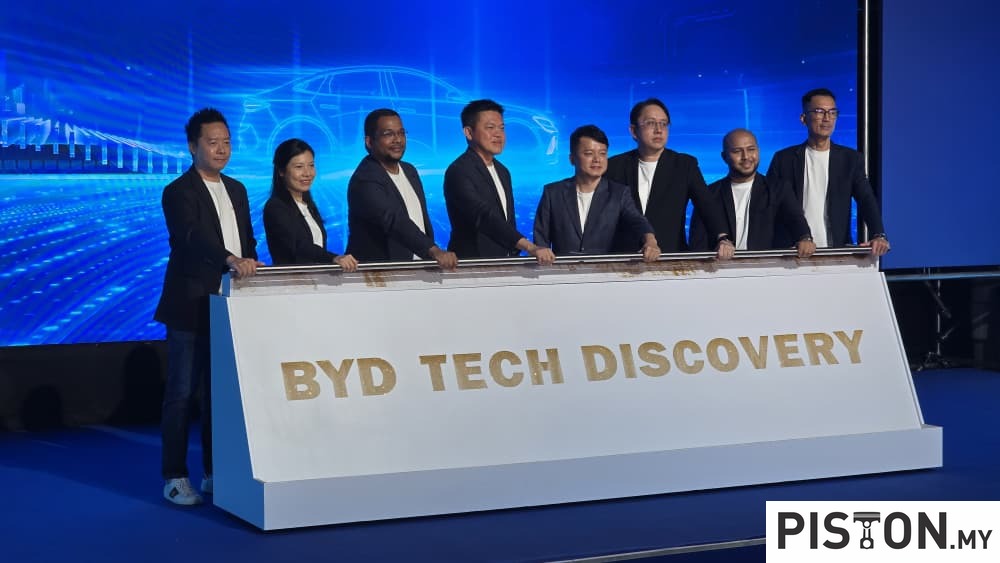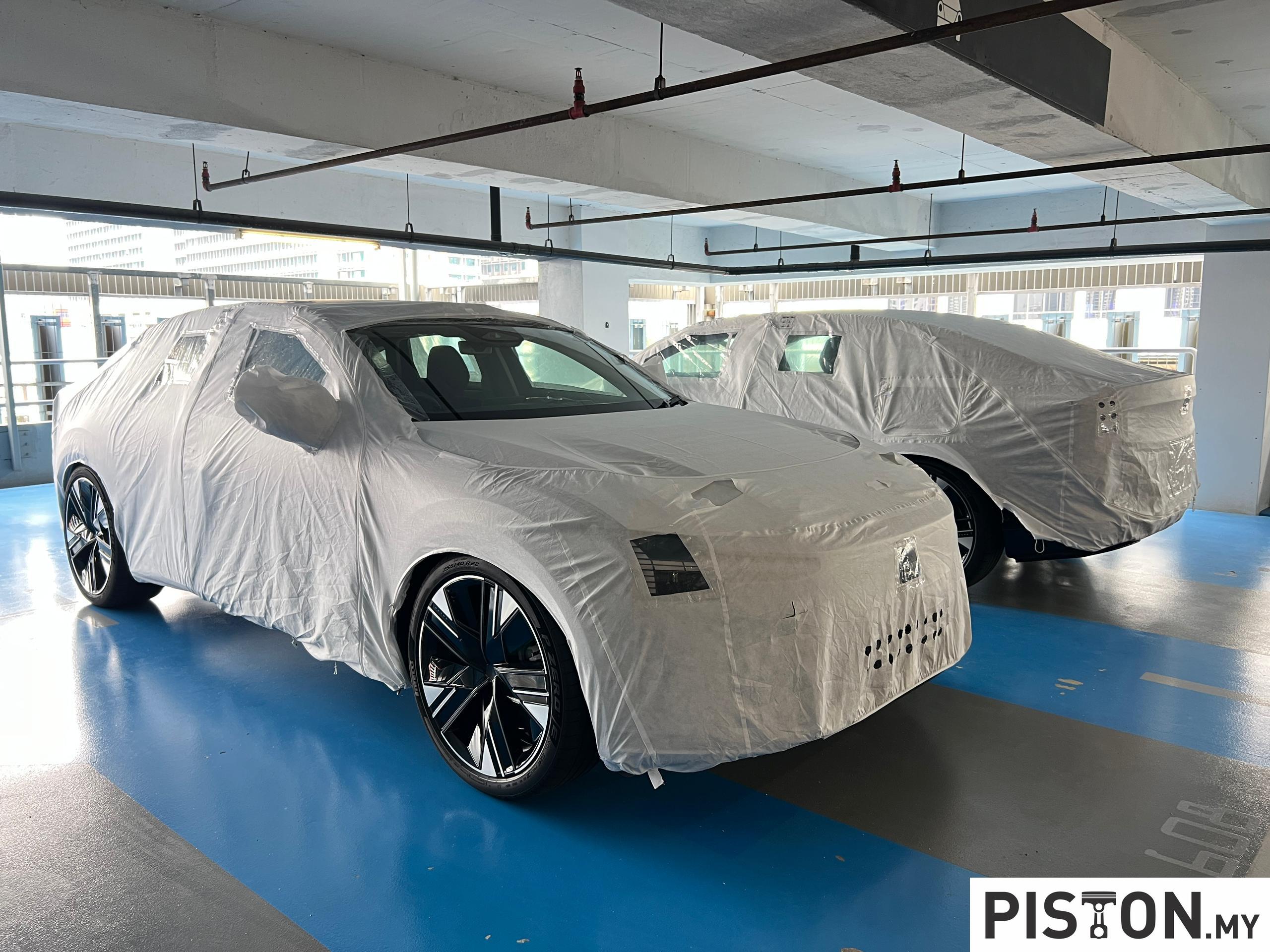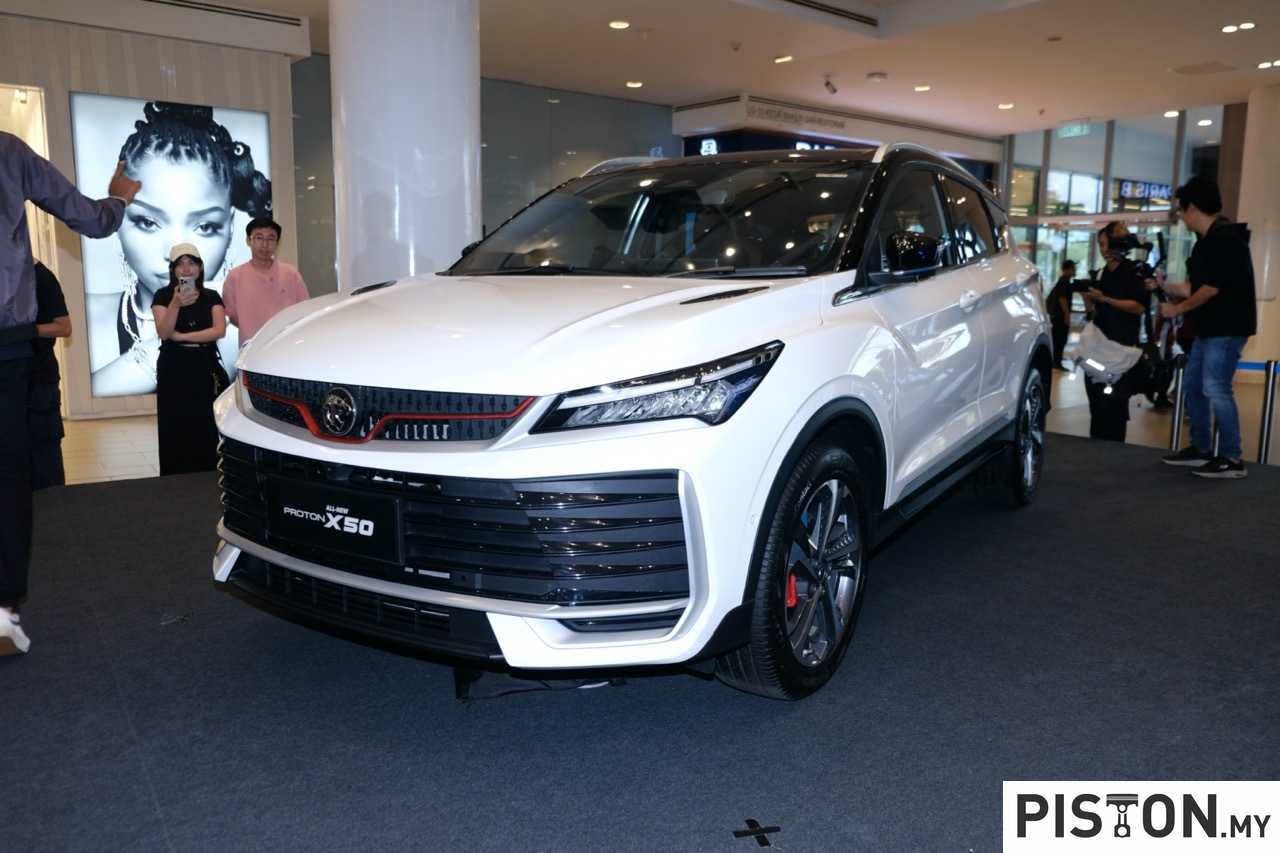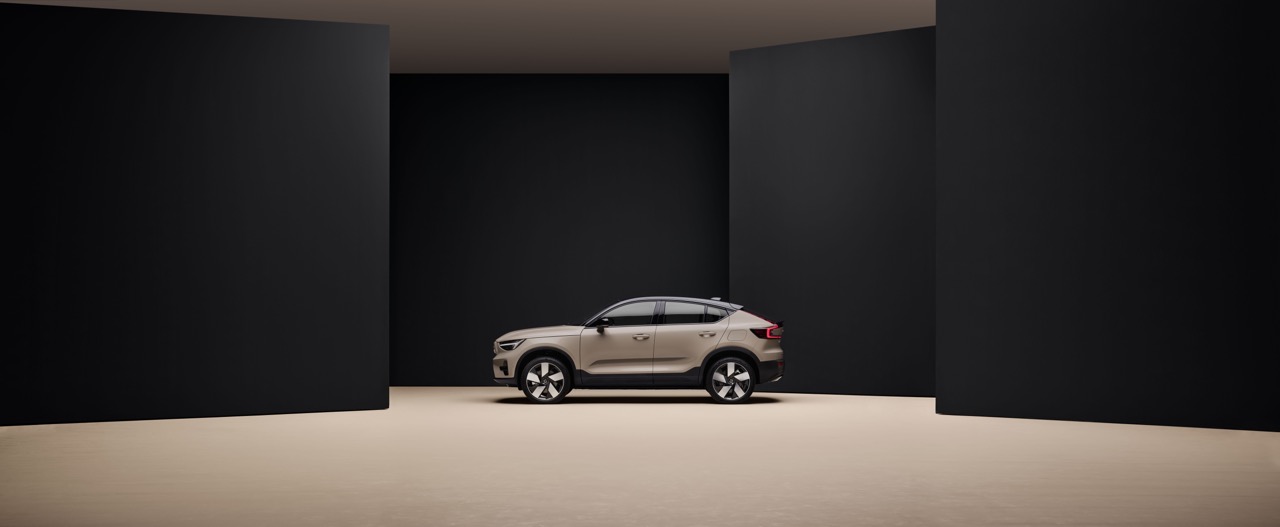The star of this year’s Geneva Motor Show undoubtedly is the all-new Renault 5, marking the return of the iconic supermini to European roads, albeit with a twist—it’s now entirely electric.
Originally discontinued in 1996, the reimagined Renault 5, now dubbed the Renault 5 E-Tech Electric, is poised to navigate the urban landscape with eco-friendliness in mind. Retaining much of the charm of its predecessor, the electric supermini boasts a retro-futuristic design, seamlessly blending nostalgia with modernity.
The exterior design pays homage to its heritage with cute headlights, vertical taillights, and prominent wheel arches reminiscent of its predecessor. Notably, the rear door handles are cleverly integrated into the C-pillars, creating the illusion of a three-door layout reminiscent of the original Renault 5. While past iterations offered both three and five-door variants, the new model opts exclusively for a five-door configuration, albeit with red body accents paying homage to the iconic R5 Turbo. Additionally, enthusiasts can anticipate a hot hatch variant in the form of the Alpine A290 slated for release later in 2024.
Inside, the Renault 5 features vertical stitching on the dashboard and rectangular air vents, evoking memories of the original model. The digital instrument cluster and infotainment display, available in either 7.0 or 10.0 inches, further enhance the retro-modern theme.
Despite its petite stature, the 2024 Renault 5 boasts ample cargo space, measuring 325 litres, and rides on large 18-inch wheels with 195/55 R18 tyres. Utilising the AmpR Small platform (formerly CMF-B EV), it strikes a balance between compact dimensions and practicality.
The Renault 5 packs either a 40.0-kilowatt-hour or 52.0-kWh battery, powering a front-mounted motor delivering between 95 to 150hp, depending on the chosen configuration. Range varies between 300 to 400km, with fast-charging capabilities allowing for quick replenishment.
Unique to its segment, the Renault 5 boasts a multi-link rear independent suspension, along with bidirectional charging, a heat pump, and brake energy recuperation technology for enhanced efficiency. Notably, the oversized 5 logo on the hood doubles as a battery charge indicator light—a clever touch.
With an entry price around €25,000 (RM129,659), the Renault 5 combines affordability with eco-consciousness, signalling a promising future for electric mobility. Produced in France, it sets the stage for the return of other iconic Renault models, including the R4 and the next-generation Twingo, both slated for electric reincarnations in 2025 and 2026, respectively.

